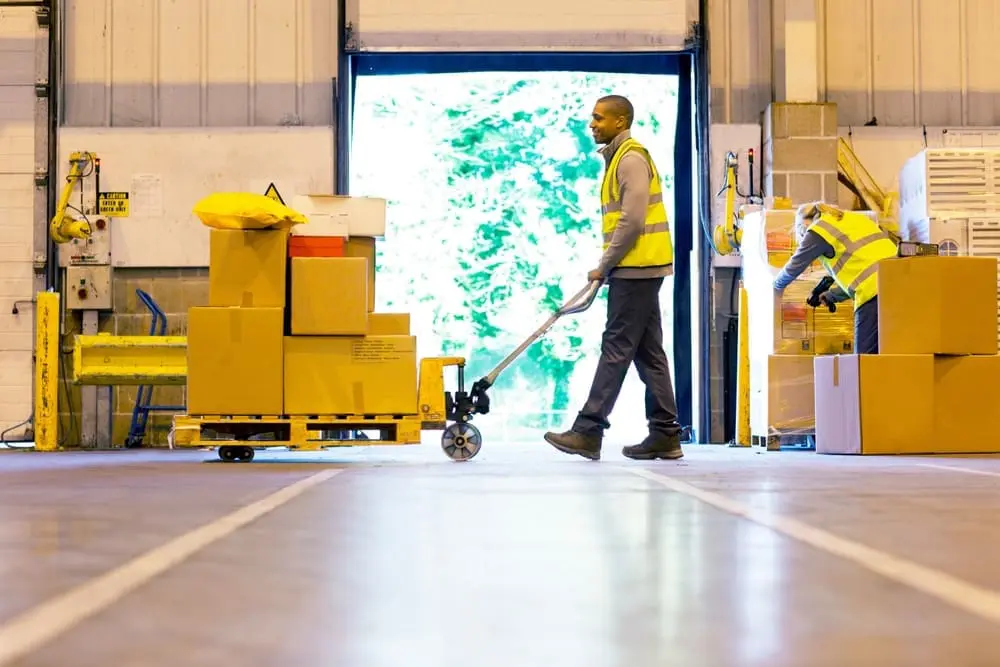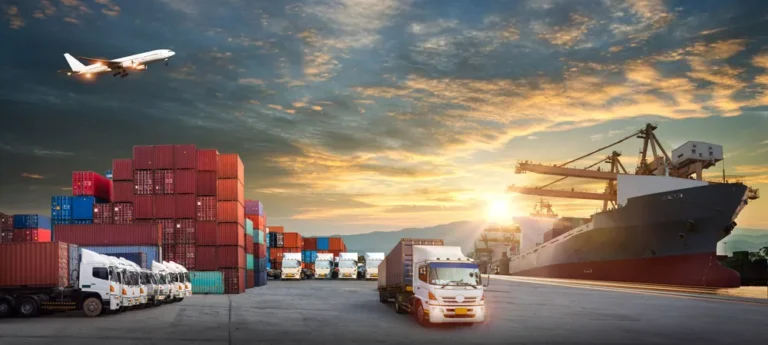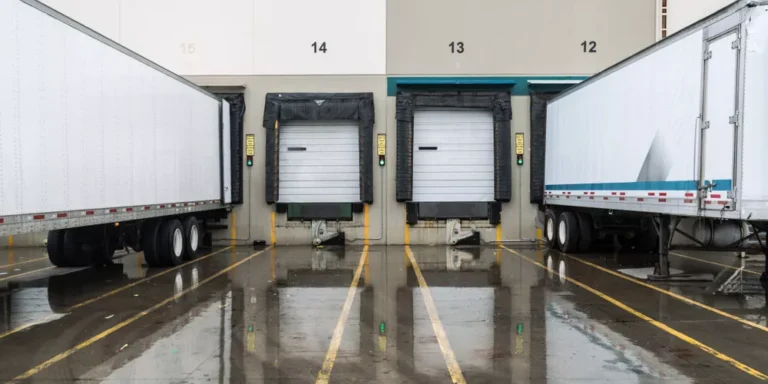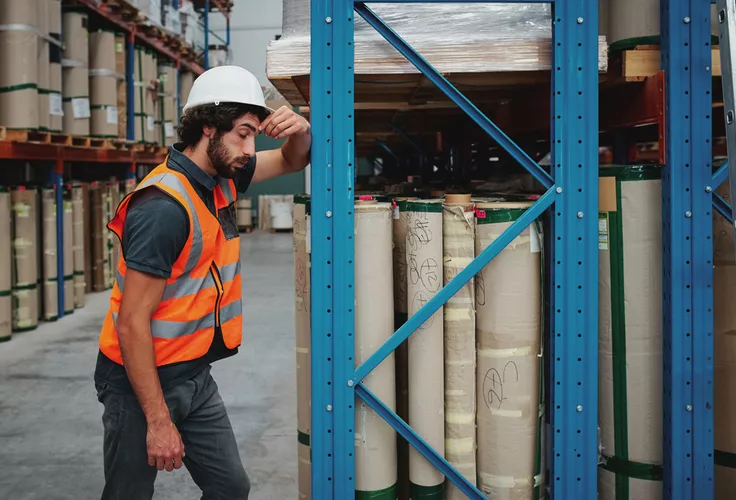The Future of Warehousing in 2024: Embracing Automation, Visibility, Sustainability, and Data Optimization
“Do you go to bed at night and wake up in the morning?” This is a line from a great Chris Rock bit, where he’s making fun of prescription drug ads that apply to everyone and help no one.
Broad stroke truisms pervade most industries, and logistics is no exception. Attend any conference or listen to a sales pitch, and you’ll hear it for yourself.
“You must drive efficiency to have a successful operation.”
“We need partners who look out for our best interests.”
I’m frequently guilty of these kinds of statements. There’s nothing inherently wrong with them — in fact, it is critical that they be true for any operation. But problems emerge when folks settle at surface level assessments, rather than homing in on actionable steps to produce the desired output.
When a company is looking for a new 3PL, a topic that is almost always brought up is communication. The potential customer feels there has “been a breakdown in communication which has hurt the current operation irreparably.” The potential 3PL states that it “focuses on building rock-solid communication to keep everyone on the same page.” But what does any of this mean? What does good communication actually entail?
To no one’s surprise, it turns out great communication is hard to achieve. There’s no one solution — rather, we find that it comes through linking together a series of best practices to get the desired result. The key is having a plan in place to execute each link along the chain.
Below are our seven key steps to achieving best-in-class 3PL communication. Each organization will approach this area differently, but at a minimum, there must be a strategy for breaking the broader objective (good communication) into an action plan.
1. High-capacity customer service representatives.
Recent years have seen tech-forward 3PLs place a heavy emphasis on customer-facing self-service software. While this is wonderful and necessary for a certain tranche of customers, we also view it as insufficient to provide best-in-class 3PL services. Many questions can be answered by looking at the software, but it’s critical that someone picks up the phone to provide context for what’s going on when looking at the screen isn’t adequate. Technology hasn’t yet replaced having a knowledgeable person at hand to keep everyone on the same page — especially when things go awry. In reality, you need both for excellent communication: great technology layered with responsive people experienced in the nuances of your account. WSI provides self-service functionality through our WMS, OMS, and customer portal. But additionally we assign a customized customer service representative to each account to handle questions and provide guidance on a daily basis. Depending on the account’s complexity, we may assign a Customer Service Representative, a Customer Success Specialist, or a Customer Experience Manager — these different roles allow us to provide each customer with the appropriate skillset to be successful. As an aside, be mindful of the account mix each CSR handles — you want him/her to have a breadth of experience, but you don’t want the person overloaded with too many large-scale accounts. For example, a CSR with a high volume account may have no other accounts, or one or two small ones.
2. Sufficient redundancy.
Everyone gets tied up at work, gets sick, and goes on vacation. Though completely understandable, this creates frustration when you can’t get a hold of the person or information flow deteriorates. Good communication requires planning for these circumstances so that if Person A isn’t available, Person B steps in. There are several approaches that can help. For example, WSI sets clear “hand-off” standards so that there’s coverage when someone takes a break or is otherwise unavailable. The objective is that the customer can always get a hold of someone.
3. Clearly defined escalation path.
Stakeholders need to understand who they can reach out to if a problem becomes serious and/or they don’t feel their primary point of contact has provided a sufficient response. We introduce new customers to the broader support team and provide easy access to senior leadership. Most customers never have a need to use these additional contacts, but it’s critical that they’re available when the need arises.
4. An exception management system surfaces issues proactively.
A good technology stack (e.g., OMS and WMS) will identify problems immediately and help the parties mitigate any impact. For example, if backorders start to pile up, this can create frustration between a 3PL and its customer if no one is made aware of the problem. This is especially bad if an upset end-customer is the one raising the issue — the brand risks losing the sale and a recurring customer. Instead of relying on a team member to look through thousands of orders to identify these circumstances, we utilize our Order Management System to ensure that these issues are systemically flagged on a separate screen. This allows everyone to quickly get their arms around what’s going on. With information available, the parties can act quickly and minimize frustration.
5. KPIs are used as a baseline.
Peter Lynch once said, “If a picture is worth a thousand words, in business, so is a number.” Numbers quickly communicate first blush impressions of what is going on in an operation, helping insert objectivity that increases alignment between parties. WSI typically focus on 3-4 core KPIs to stay grounded in overall performance. For example, we run “health check” calls every morning with our team that start with metrics reviews — if the on-time order KPI slips, it is an immediate indicator that we have to coordinate internally and externally to ensure everyone is aware of the issue and a plan is in place to address it. It is important to combine the KPI analysis with a qualitative assessment of what is going on — a poor on-time shipping metric could be caused by the 3PL (e.g., slow pick rates; orders not processing) or the brand (e.g., poor forecasting; surprise promotions spike volumes). Without understanding the story behind the numbers, you risk addressing the wrong causal factors.
6. Formalized tools are in place for root cause analysis and resolution.
Related to #5, if something goes wrong in an operation, it’s important to not just communicate the problem, but also the underlying cause and solution. For example, if there are repeated mis-ships and the 3PL doesn’t explain what’s driving the issue and how it’s being resolved, it drives mistrust and a lack of transparency — both very bad for communication. When a material problem emerges, WSI uses the “Four Step Problem Solving” (4SPS) technique so that our teams can collaboratively identify the problem, underlying root causes, mitigating steps, and future validation steps. The output is documented and shared amongst appropriate stakeholders. This helps facilitate candid conversations with our partners so that matters are brought to the table and the same problems don’t repeat themselves.
7. Recurring meetings that drive collaboration.
Though it’s trendy to hate meetings, when done the right way they promote great information sharing and insights. For customers who are interested, WSI typically creates pre-scheduled meetings on a cadence matched to complexity and tenure (e.g., more complex and/or newer customers may meet once a week, while more straightforward/veteran customers may meet quarterly). Referred to generically as “Quarterly Business Reviews,” our approach is to ensure the meetings are based in data and pose questions to drive discussion amongst the stakeholders. For example, we may review our on-time shipping KPI and our customer’s forecasting accuracy as a precursor to discussing the customer’s future volume expectations, and what flexibility the customer expects from WSI to handle unexpected surges in orders. These meetings help keep all parties aligned while illuminating previously undisclosed pieces of information (e.g., the customer is planning a new spring promotion).
Conclusion
While these are the key steps we take to foster communication with our customers, each company will look different depending on the nature of their customers and requirements. To reiterate, the main point is that each company and its stakeholders need to get granular in planning how to communicate. For most of us, that sounds easy. In reality, it is hard to implement without intentional effort. The good news is that communication done right drives incredible value and will be worth the time to get there.
About the Author

WSI Team
WSI is one of the largest privately held 3rd party logistics companies in the U.S. and spans a nationwide distribution network with global logistics reach.







